Cigar Tip: Turn Your Zippo into a Cigar Torch with a Zippo Butane Insert
14 Oct 2019
It’s well-known that a standard Zippo lighter uses lighter fluid as its fuel. It is also widely understood—among cigar enthusiasts, anyway—that lighter fluid is ill-suited for cigars. This is because, unlike butane, the preferred cigar ignition fuel, lighter fluid (naphtha) contains chemicals and odors that may alter the taste of your fine cigar. You should avoid it, much like you would avoid using a stovetop, a candle, or paper matches.
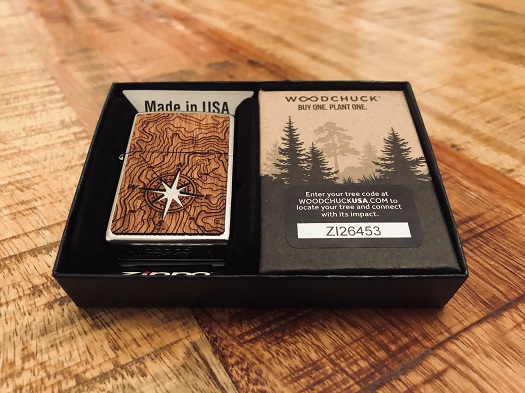
In order to modify a Zippo lighter for cigars, the first thing you’ll need is… well… a Zippo lighter. Mine comes courtesy of Zippo from the new Woodchuck USA collection. There are eight lighters in the series, each available in brushed chrome with wooden “emblems” on the front and back. Woodchuck has a “buy one plant one” policy, so each lighter sold contributes to the restoration of forests. Mine, a Compass that retails for $45.95, came with a “find your tree” code that can be entered at the Woodchuck website to see where my lighter’s corresponding tree was planted. In my case, it’s Villamatsa, Madagascar.
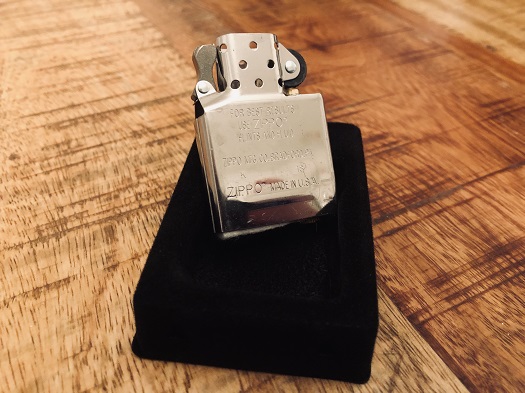
Inside the decorative Compass shell is a standard Zippo lighter fluid insert. Removing this is as easy as sliding it out of its chrome shell.
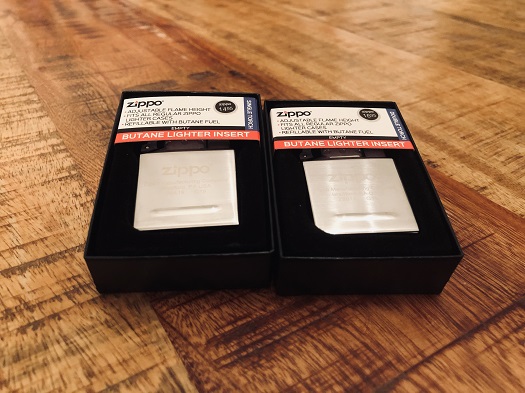
When it comes to replacing it, you have two options: a single-flame butane insert, and a double-flame. The former retails for $14.95, and the latter for $16.95. Both are metal, guaranteed for two years, and—once inserted—equipped with the familiar Zippo snap action.
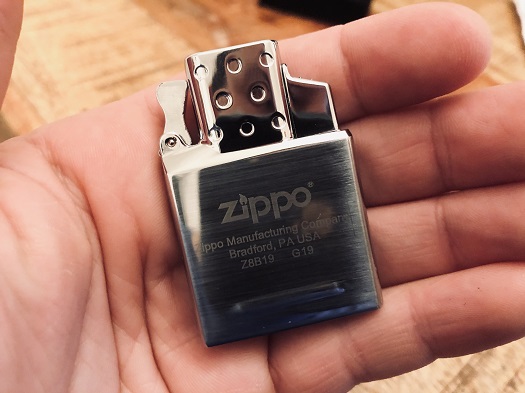
Out of its package, the double-flame butane insert looks like this. It can be filled (and re-filled) with butane via a valve on the bottom, much the same way you’d fill any butane torch. This is also where you’d adjust the flame size with a small flathead screwdriver.
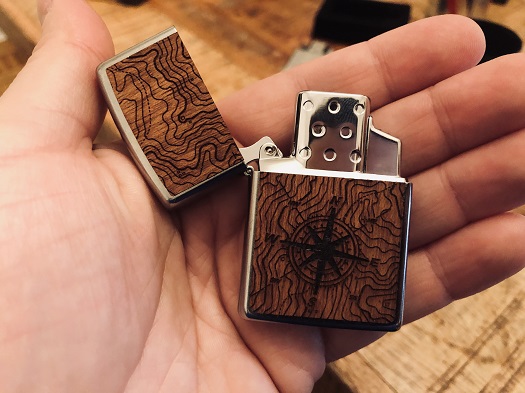
Installing the butane insert is, as you’ve probably guessed, just as easy as sliding it back into the shell. What you end up with is a stylish, simple, reliable, well-functioning torch. At $62.90 assembled (for the double torch, which is my personal preference) this definitely isn’t the cheapest way to light a cigar. But it’s got to be one of the sharpest. What’s more, and while I’m happy to report back later after I’ve used this for several months, I have every reason to believe this will be a reliable torch for many cigars to come.
photo credit: Stogie Guys

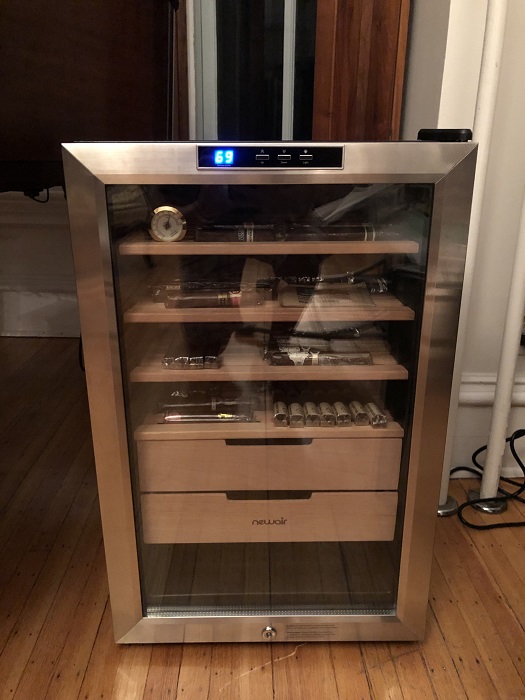
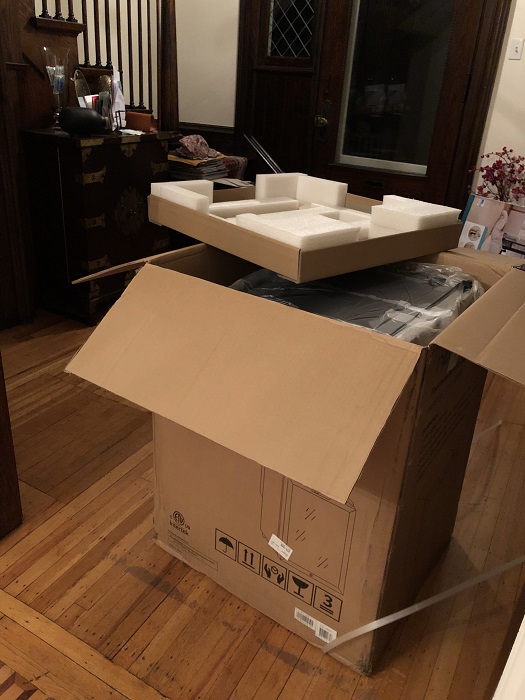
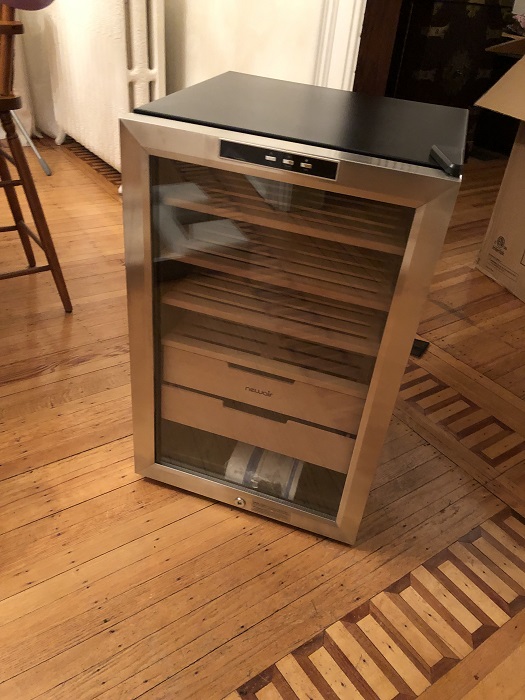
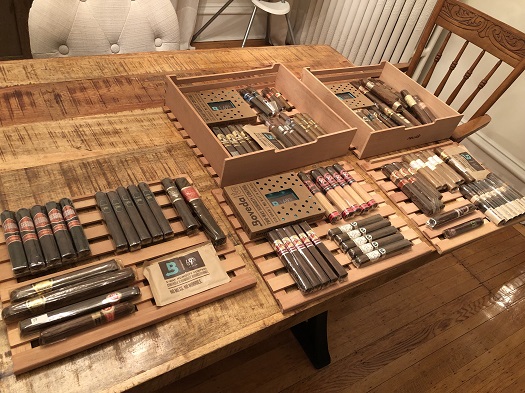
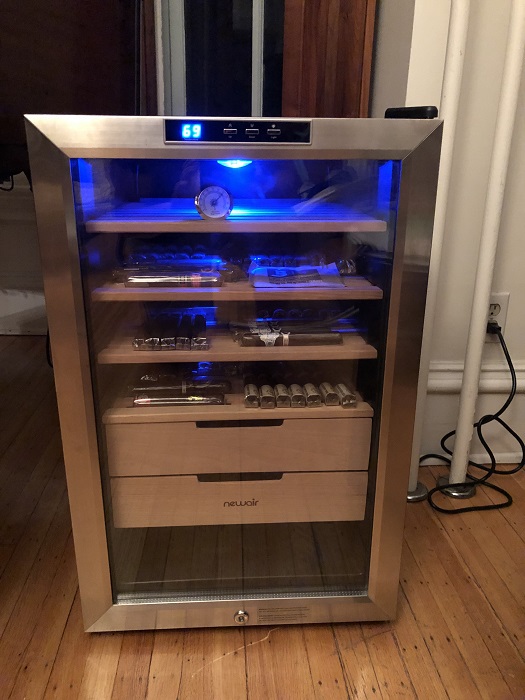
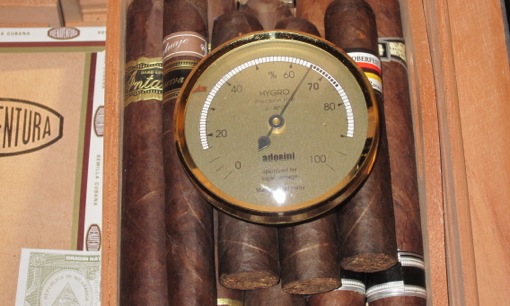
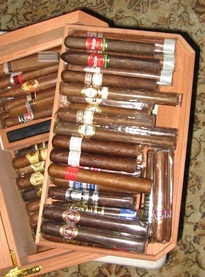 Sometimes I think those of us who regularly visit the online cigar community, or those of us who write for it, automatically assume every reader has one elaborate cigar storage setup that costs thousands of dollars. I’m sure some do. But I don’t. And chances are you don’t, either. That said, I want to be clear that I’m not complaining. As I’ve written before, I’m fortunate to have a wonderful
Sometimes I think those of us who regularly visit the online cigar community, or those of us who write for it, automatically assume every reader has one elaborate cigar storage setup that costs thousands of dollars. I’m sure some do. But I don’t. And chances are you don’t, either. That said, I want to be clear that I’m not complaining. As I’ve written before, I’m fortunate to have a wonderful 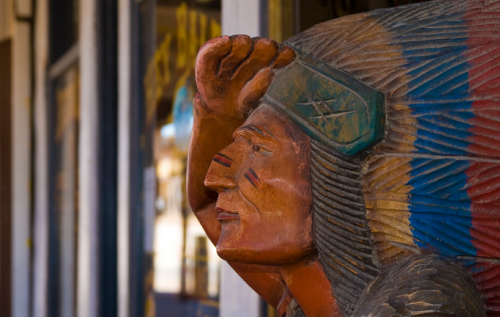
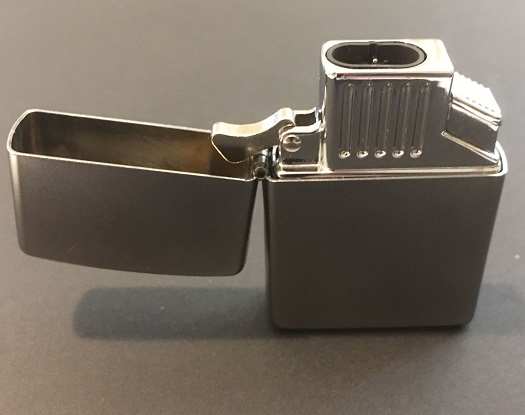
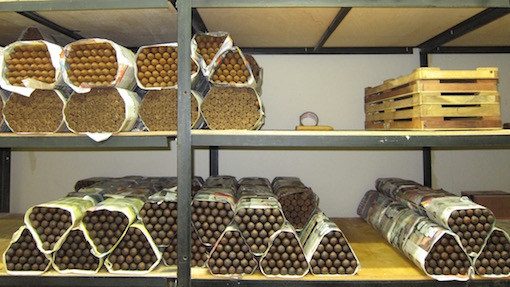
 Patrick Ashby
Co-Founder & Editor in Chief
Patrick Ashby
Co-Founder & Editor in Chief Patrick Semmens
Co-Founder & Publisher
Patrick Semmens
Co-Founder & Publisher George Edmonson
Tampa Bureau Chief
George Edmonson
Tampa Bureau Chief